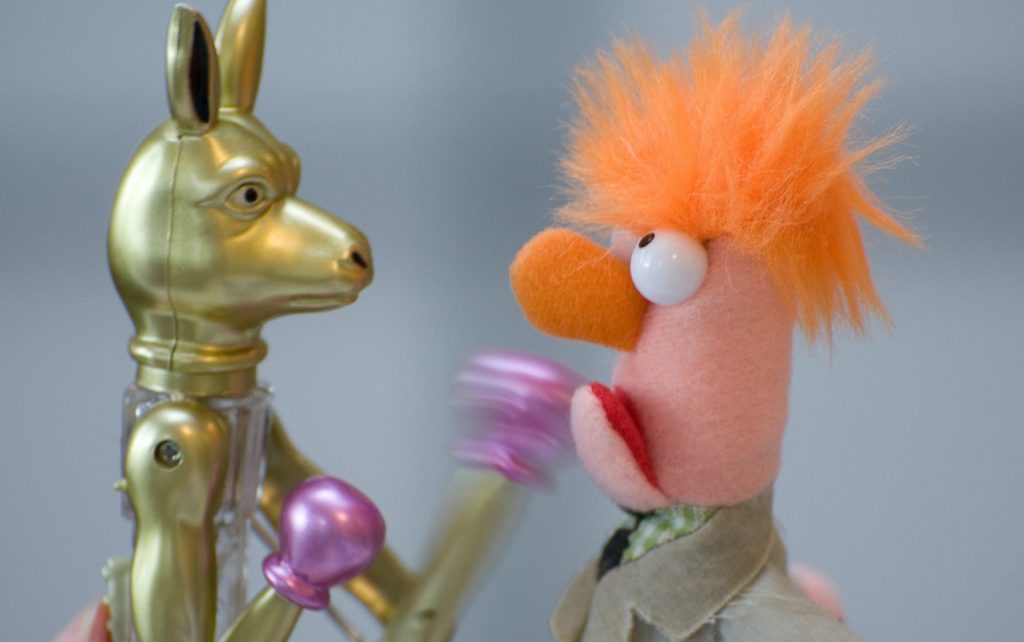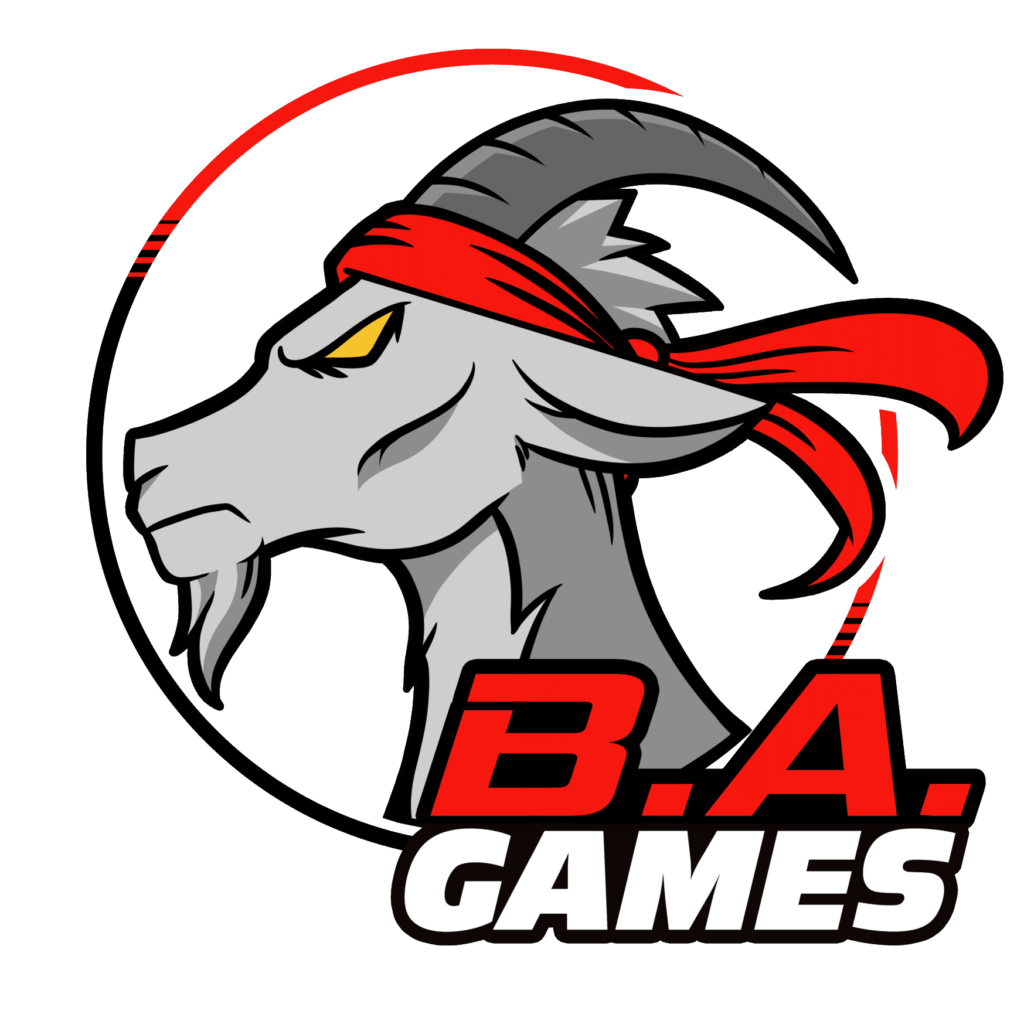Sam “King of the Hilltop”
Patience. Exercise. Deep breaths. Stress ball. Picture of brother for knife throwing. All essential tools needed to work with your brother. It’s amazing how a work relationship can be described by a simple board game title like: Clue, Kill Doctor Lucky, or Diplomacy.
All jokes aside, I actually like working with my brother. There are times when conflict arises, but that is to be expected. If there are ever two people, no matter their compatibility or personality traits, there will be tensions at some point. Conflict is inevitable but it’s not necessarily bad. This one has been tough for me as I am someone who tries to seek consensus and make as many people as happy as possible.
Differing views and ideas are good. You might think this is obvious, and you would be right. However, the practice and application of that idea is much more difficult. It’s up to us as individuals and as board game designers to try and understand the different viewpoints and come to terms with what we think is the correct course of action.
Dealing With Rejection
I had been working on a game for 6 months with a myriad of tests both internal and a few controlled external tests. We changed, tweaked, modified, cut until we were pretty happy with our prototype. We thought, we are about 80% done with this game, with only balancing and rewording really needed to finish the game.
We decided it was time to get it out into the world. So we took it out to be tested. I was so excited to show it to people and get feedback. The hype was real! After showing it for it’s first game, the people who were playtesting put their cards down in disgust. They then proceeded to smash the game to bits with phrases of “this game has no redeeming value” and “this game allows no choices and is utter crap.” One person even went as far as saying the game was worth the paper it was printed on, which would be good for starting a campfire.
I was crushed. I was not ready for that kind of feedback. There wasn’t even anything constructive. All they said was that is was not good, wouldn’t play it again, terrible game. One guy did suggest a few things along the lines of “overhaul and change everything and you might have a functional game here.” Ouch.
I went home, called my brother and said that it was time to throw the game into a dark hole somewhere with some dynamite. The game sucked and it was time to hang it up. It took him about an hour to talk me out of throwing the game out the window. It even took a week after that before I could even look at the game again. What brought me back was the reminders of all the good things people were saying about the game who were also external playtesters. Plus, I also felt that a lot of people were honestly enjoying themselves with our game. So I decided it was time to get back into it and make the game better.
There are multiple points of conflict in this story and even though some were rough in terms of feedback, in the end, by trying to understand their perspective it made the game better: listening to my brother, even though I wanted to throw the game into the nearest dumpster fire and trying to understand why that one group hated it so much. Those points of tension helped me to put the mechanics and the theme of the game in multiple perspectives. It has led to a better game.
However, as a major side note. It is never okay in a playtesting situation to do what those guys did. Even if you think the game is a steaming pile of trash, have the decency to think about it, look at what they are trying to go for, and seek to be helpful. Just calling it out as garbage and saying you are just being honest is not the way to handle it. Point out your specific issues, walk through the problem with the designer. Note to designers too, be open to feedback. Don’t just shut people down if their idea is different. You don’t have to take their feedback word for word but it could lead to some interesting results.
Disagreements
Not all times with my brother have been smooth sailing. We have disagreed on a lot of things. A…LOT…of things. No matter how heated it gets, what helps us to deal with those situations is our established trust in each other and the plan we put into place before we even get to those conflicts. (Which led to some conflicts as well. Funny how that works.) Anyways, the key is to establish and talk about what you are going to do when a situation arises before it happens and while you are calm and rational.
We talked a lot about this in our Hammer and Anvil post last week. It has helped make progress even in the face of conflict and has led to some awesome breakthroughs for the game. Harnessing that conflict has proven to be the best decision we ever made together. Also, as a side benefit, one of us won’t be missing when it comes to the next family reunion.
“Where’s Sam?”
“Oh, he’s in the library with a candlestick.”

My Brother Wants to Kill Me
Ed “Duke of BAzlandia”
Honestly he does. Not all the time but sometimes, he definitely does. We have had conversations where I am pretty sure the only reason I am alive is because I live in another state. Conflict resolution is one of the most important things to be able to do in a partnership. There needs to be an understanding of how to deal with the conflict. In a lot of ways, this blog is a continuation of last week’s blog where we talked about hammers and anvils.
When dealing with conflict there needs to be a way to come to some kind of resolution. This resolution in the end has to be acceptable to both parties. If it isn’t acceptable, then it will create an obstacle that the relationship will not be able to overcome. There must be an understanding of how each person deals with conflict. I tend to be direct and upfront. When my brother and I are making decisions, I tell him exactly what I think should happen and what decision should be made and why. My brother often disagrees. This then has to be worked out. My brother tends to seek consensus. This can lead to conflict going in circles or impasses. I am more definitive and my brother is more accommodating.
The biggest part this can create a problem for us has been in the art section. I either like something or I don’t. My brother will try to ask about adjustments that could be made that would make it better for me but I stick to my guns on it being removed completely or he needs to be ok with me not liking that specific part of the piece. This has been a learning curve for both us. I have had to learn to add more to my opinion then a simple, “I don’t like that” or “I think X is stupid.” He has had to learn that it’s ok for me not to like something.
The above is an example of what my brother and I work through. When conflict arises we have learned some methods to deal with it and to have some give on both sides in order to have a functional relationship. Here are a few tips I have found helpful.
- Patience
- A relationship requires give and take
- Understand where the other person is coming from
- Be OK with a decision, even if you disagree with the outcome
- Don’t bring up the past to rub in how you were right and how a different decision should have been made
ENTER YOUR EMAIL BELOW FOR MONTHLY UPDATES AND THANKS FOR SHARING WITH YOUR FRIENDS
